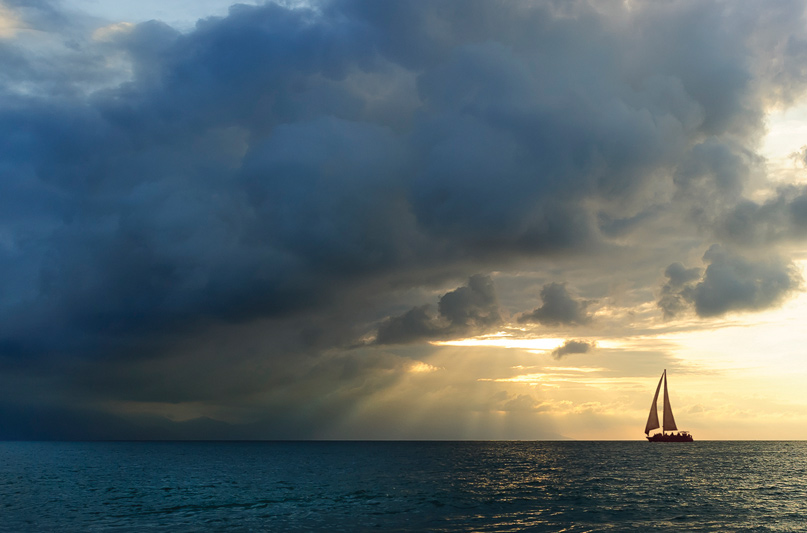The following piece was written by Scott Sistek
 Anyone who checks the weather and sea conditions before heading out on a boat is (hopefully) aware of the various marine weather warnings issued by the National Weather Service to help guide whether it’s safe to be on the waters.
Anyone who checks the weather and sea conditions before heading out on a boat is (hopefully) aware of the various marine weather warnings issued by the National Weather Service to help guide whether it’s safe to be on the waters.
A staple of those marine advisories is ready for a transformation. The National Weather Service is set to change the term of the familiar “Small Craft Advisory” to a new term: “Small Craft Warning.”
The move comes amid a proposed major overhaul of the current NWS Watch/Warning/Advisory system after researchers found that “Advisory” was “widely misunderstood” and confused with a “Watch” while even the “Watch” vs. “Warning” terms were confusing. The proposal will remove all “advisory” headings and instead those events will just come with an appropriate but more generic headline.
For example, a “Winter Weather Advisory” for Seattle would just become “1-3 inches of snow is expected in the Seattle area.” The exception is the Small Craft Advisory since that is, in essence, a call to action now for mariners and thus would be renamed “Small Craft Warning.”
However, while the name changes, the criteria will remain the same. For the Pacific Northwest and California, it’s for sustained winds or frequent gusts of 21-33 knots (24-38 mph) and/or wave heights reaching 10 feet or higher. Small craft warnings can also be issued for rough bar conditions, such as those frequently occurring near the mouth of the Columbia River. Neither the National Weather Service nor the Coast Guard defines what size boat qualifies as a “small craft.”
“Any vessel that may be adversely affected by Small Craft Advisory criteria should be considered a small craft,” NOAA says on their Small Craft Advisory/Warning definition page. “Other considerations include the experience of the vessel operator, and the type, overall size, and sea worthiness of the vessel.”